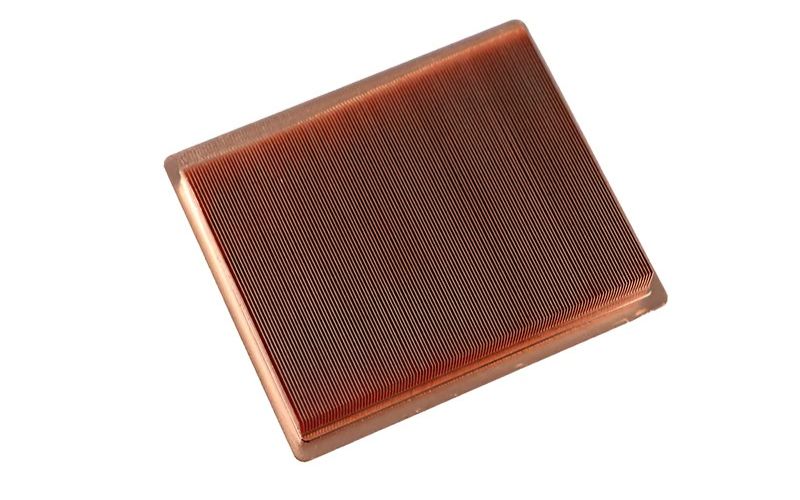What is a heat sink fin??
A heat sink fin is a crucial component of a heat sink, a passive cooling system typically used to dissipate heat and help regulate the temperature of electronic devices. Heat sink fins are thin, elongated metal pieces that are attached to the base of the heat sink. Their main purpose is to increase the surface area of the heat sink, allowing for more efficient heat dissipation through conduction, convection, and radiation.
The function of a heat sink fin
The primary function of a heat sink fin is to enhance the heat dissipation capacity of the heat sink. As electronic devices generate heat during operation, the heat sink absorbs this heat and transfers it to the heat sink fins. The large surface area of the fins increases the contact area with the surrounding air, facilitating the transfer of heat from the fins to the air. This helps in preventing the electronic device from overheating and ensures optimal performance.
Materials used in heat sink fins
Heat sink fins are typically made from materials with high thermal conductivity, such as aluminum, copper, or their alloys. These materials are chosen for their ability to efficiently transfer heat from the heat sink to the ambient air. Aluminum is a popular choice for heat sink fins due to its lightweight nature and cost-effective manufacturing process, while copper is known for its superior thermal conductivity.
Types of heat sink fins
There are different types of heat sink fins that cater to specific cooling requirements. Straight fins are the most common type, featuring evenly spaced parallel fins that maximize surface area. Pin fins, on the other hand, are cylindrical in shape and are ideal for applications that require high heat dissipation efficiency. Laminar fins are compact and offer enhanced airflow characteristics, making them suitable for compact electronic devices.
Factors influencing heat sink fin performance
Several factors can impact the performance of heat sink fins, including their thickness, height, spacing, and material composition. Thicker fins generally have higher thermal mass and can store more heat, while taller fins offer increased surface area for heat dissipation. The spacing between fins plays a crucial role in determining airflow resistance and heat transfer efficiency, with closer spacing allowing for better cooling.
Installation considerations for heat sink fins
Proper installation of heat sink fins is essential for ensuring effective heat dissipation. Fins should be securely attached to the base of the heat sink using thermal adhesive or clips to maximize thermal contact. The orientation of the fins also plays a key role in optimizing airflow, with vertical fin placement often recommended for efficient cooling. Regular maintenance and cleaning of fins are necessary to prevent dust buildup and maintain optimal performance.
Advantages of using heat sink fins
The use of heat sink fins offers several advantages in thermal management, including improved heat dissipation efficiency, reduced operating temperatures, and enhanced reliability of electronic devices. Heat sink fins help prolong the lifespan of electronic components by preventing overheating and thermal damage, ultimately contributing to better performance and stability.
Applications of heat sink fins
Heat sink fins find widespread applications in various industries, including electronics, automotive, aerospace, and telecommunications. They are commonly used in computer processors, LED lighting fixtures, solar panels, power amplifiers, and other heat-generating devices that require efficient cooling solutions. Heat sink fins play a crucial role in maintaining the thermal balance of electronic systems and ensuring long-term reliability.
Future trends in heat sink fin technology
With the increasing demand for high-performance electronic devices and the miniaturization of technology, the development of advanced heat sink fin technology is on the rise. Innovations such as additive manufacturing, nanotechnology, and microchannel cooling are being explored to enhance the efficiency and effectiveness of heat sink fins. The evolution of heat sink fin design and materials is paving the way for more compact, lightweight, and energy-efficient cooling solutions in the future.
Conclusion
In conclusion, understanding the role of a heat sink fin is essential in the effective thermal management of electronic devices. Heat sink fins play a critical role in dissipating heat generated by electronic components, thereby ensuring optimal performance and reliability. By considering the materials, types, installation considerations, and future trends in heat sink fin technology, engineers and designers can develop innovative cooling solutions to meet the evolving needs of the electronics industry.

